Adaptive Reuse
Benefits of Adaptive Reuse
Many communities are home to old, abandoned buildings—from warehouses to grocery stores. An architectural approach called “adaptive reuse” offers a way to rejuvenate vacant and often dilapidated structures.
Adaptive reuse architecture is a practice that involves repurposing existing buildings, especially historic structures, for new and different uses. This approach allows for the preservation of architectural heritage while meeting the changing needs of communities. Adaptive reuse projects can transform old factories, warehouses, schools, churches, or other buildings into functional spaces that serve the surrounding area. Some examples include converting an old fire station into a brewery, an old grocery store into a self-storage facility, or a bank into a health clinic (JDI has done all three). By adapting and repurposing existing structures, these projects can bring new life and economic activity to the area.
Commercial real estate developers often take on adaptive reuse projects because they possess the necessary financial resources, construction expertise, and market knowledge to successfully undertake such ventures. Teaming with an experienced A/E firm brings a well-rounded team to the project. While developers can help secure funding and market the finished space to potential tenants, an architectural and engineering firm has the capacity to assess the feasibility of the project, navigate zoning and regulatory requirements, and help with permit and construction documentation.
Collaboration with architects, historic preservation experts, community organizations, and local authorities is crucial in adaptive reuse projects. It ensures that the architectural integrity of the building is respected while also addressing the functional needs and goals of the client or community.
Adaptive reuse offers several advantages compared to traditional construction.
- Lower construction costs: Adaptive reuse projects often require fewer building materials and can utilize the existing structure, reducing the need for extensive new construction. This can result in significant cost savings, especially considering the rising cost of building materials.
- Faster construction timeline: Repurposing an existing building is generally faster than constructing a new one from scratch. Many aspects, such as the foundation and basic infrastructure may be usable with minimal refurbishment.
- Community appeal: Adaptive reuse often resonates with the community due to the historical preservation and revival of areas that typically start out as an eyesore. It is easier to get support and help move projects faster.
- Environmental sustainability: Reusing existing structures reduces the environmental impact associated with new construction. These projects minimize waste and conserve resources. Additionally, adaptive reuse helps mitigate urban sprawl by revitalizing existing spaces and promoting infill development.
- Access to incentives and tax credits: Many regions provide incentives and tax credits to encourage adaptive reuse projects, particularly for the revitalization of historic buildings. JobsOhio Vibrant Communities Program is one grant program that could be a funding option for certain communities. Funding incentives can help offset project costs.
Overall, adaptive reuse architecture combines financial benefits, faster project completion, community appeal, and environmental sustainability, making it an attractive option for investors seeking to breathe new life into an area. These projects provide economically viable solutions, aid historic preservation, and enhance the livability of a community.
Ask our full-service team at The JDI Group how we can help.
Hiring a professional to first assess the existing building is crucial to determine if it is structurally sound. Along with the initial assessment, it is important to research the building code and local zoning laws to ensure the project is a viable candidate for rehabilitation. Our team can provide guidance from surveying, programming, and conceptual design through detailed design, permitting, and construction documentation.
Funding Resources and Grants
- JobsOhio Vibrant Community Grant - The Vibrant Communities Program offers competitive grants of up to $1 million for development projects that help transform areas within a distressed community. Office, Retail, Restaurant, Coworking/Incubator/Innovation Spaces, University/College/Training, or similar education-related may be eligible. Please review the JobsOhio Vibrant Communities Program Grant Funding Guidelines to determine if your project qualifies.
-
Downtown Building Improvement Grant - Up to $250,000 is available per round of funding. The program requires a commitment and match from the local building owners to complete improvements to their business. Up to three buildings may be included in the application. Would you like yours to be one? Please review the Public Notice for more details.
Eligible Projects: Structural improvements, roof repair/replacement, HVAC, plumbing, electrical, and façade improvements are all eligible activities. - BetterBuildings Northwest Ohio PACE Financing - BetterBuildings Northwest Ohio (BBNWO) offers competitive fixed-rate Property Assessed Clean Energy (PACE) financing for projects that focus on conserving energy and generating savings through energy efficiency retrofits to new and existing facilities. Eligible for new and existing buildings including industrial/manufacturing, commercial/retail, government/municipal, educational, healthcare, residential, and multi-family units. Eligible upgrades include lighting and building controls, HVAC, boilers and chillers, electrical distribution, power generation, and more. Please review the Lucas County Port Authority for more details.

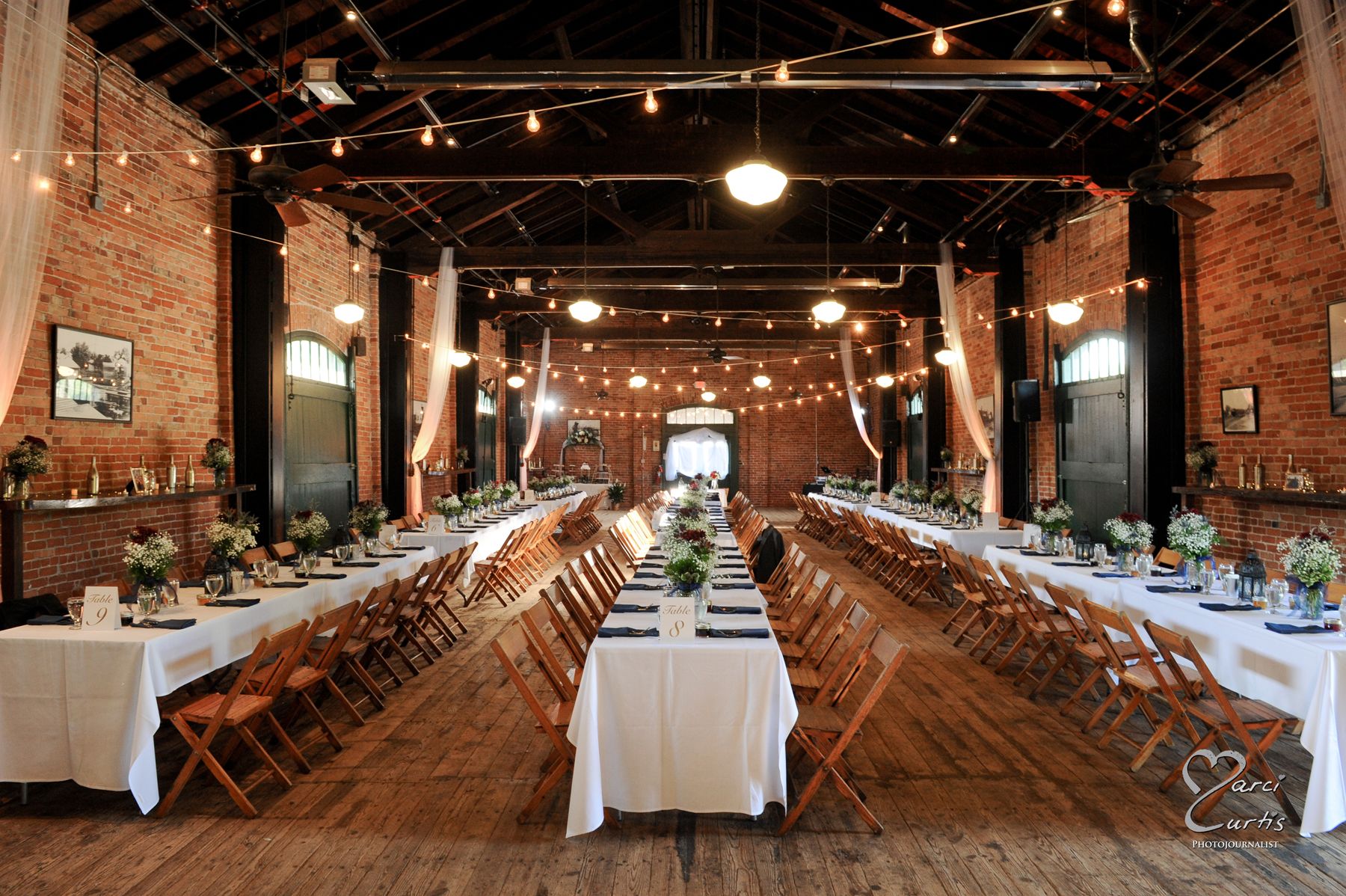

Why do you need an architect?
The JDI Group can help with Change of Use and Building Code Compliance:
Repurposing a building for a new use often requires a “Change of Use” application, which involves obtaining the necessary permits and approvals from relevant authorities. Our team can help by ensuring that the redesigned building meets all applicable building code requirements for safety, accessibility, structural integrity, and other essential factors.
Sometimes, the exact design you had in mind may not conform to code or work from a practical perspective. Our team can provide guidance by providing options. We are accountable for understanding your needs and designing within your budget parameters. A different viewpoint is helpful in seeing alternative directions that will pass code without sacrificing your goals.
Key areas an architect/ engineer should be engaged to support commercial design
Site design or circulation for the building
Structural integrity
Façade improvements
Tenant Fit-outs
Electrical or mechanical upgrades
Building “change of use”
Building code compliance
Energy assessments or building envelope audits
The JDI Group can help with site, architectural, interior, and engineering design for Commercial Properties
Office - from single-tenant buildings to large corporate campuses
Retail - ranging from freestanding stores to multiple small shops in strip malls
Industrial - properties including warehouses, distribution centers, and manufacturing facilities
Multifamily - properties are often designed for multi-use purposes including retail, office, or restaurants
Hotel - including various types of lodging establishments, of which site design is a crucial component that developers require local support
Special Purpose - properties including healthcare facilities, educational institutions, churches, and entertainment venues
Project Experience
Upcoming Projects:
The JDI Group is currently working on various adaptive resuse projects. A 100-year old building is finding new life as a future childcare facility, and a historical building that was once used as a a bank is being transformed into retail spaces and offices.
Stay up to date with The JDI Group website and social media platforms to see more as these projects progress!
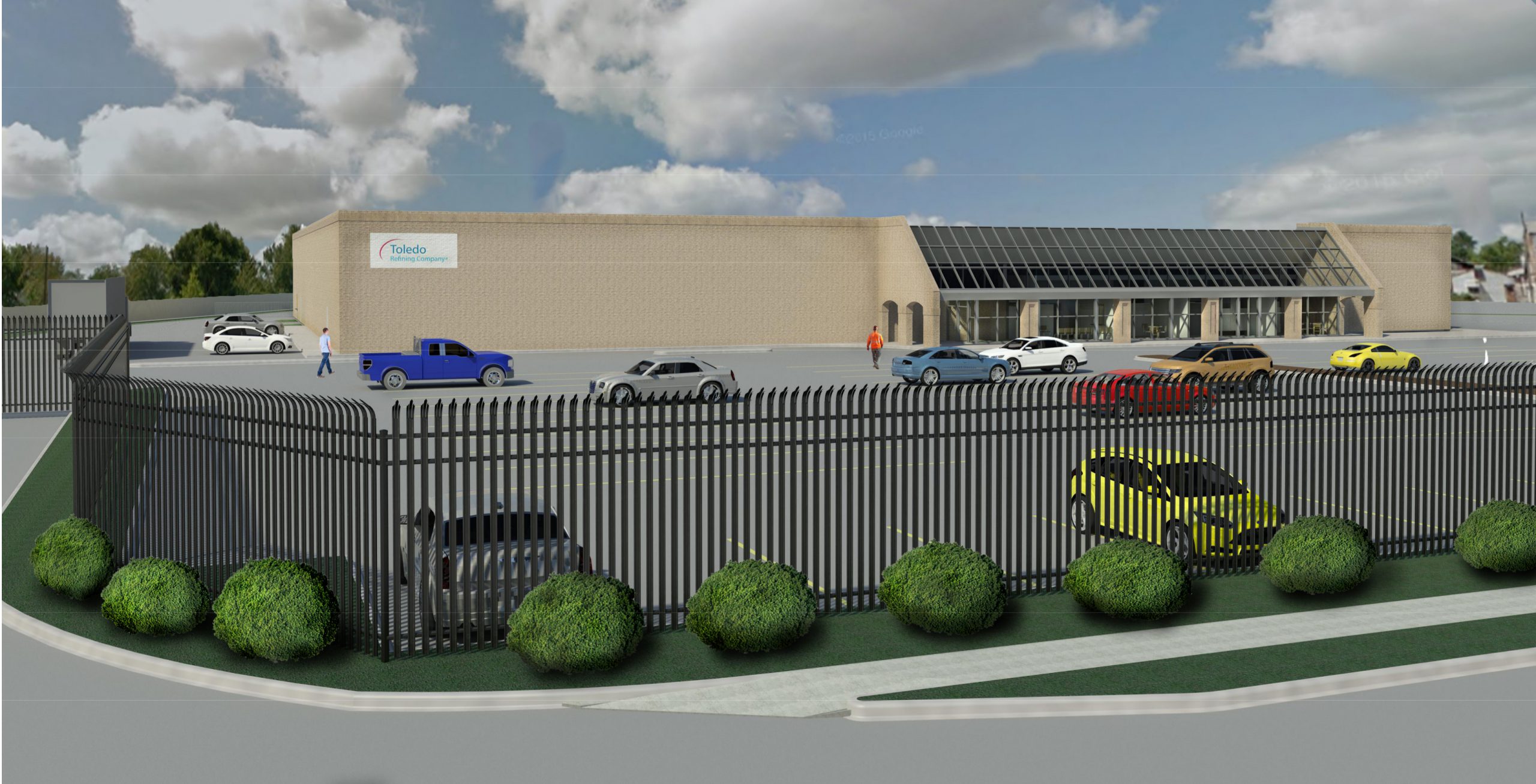
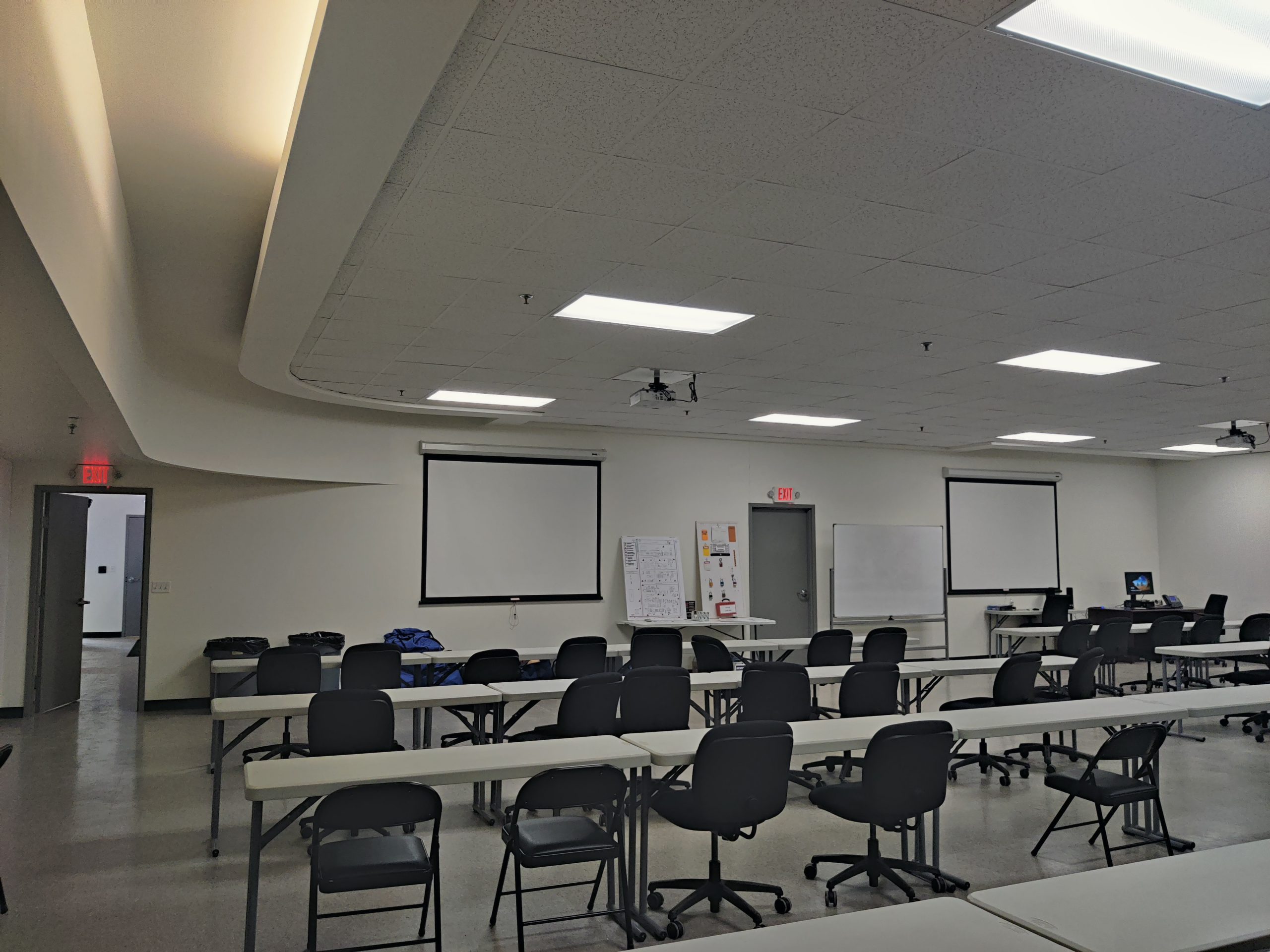
Toledo Refinery Corporation
Toledo, OH
This new 52,000 SF warehouse space replaced a former grocery store. The building included new offices, restrooms, and a corridor that extended from the existing conference room to the restrooms.
The first phase of the work included a complete building and site survey; site layout, grading, and utility plans; space planning/programming; and design documents. The project scope included modifying the existing truck dock area into two depressed truck docks; demolishing and replacing the existing HVAC systems; replacing the plumbing and venting piping systems; and evaluating and modifying the existing power distribution, lighting layout, A/V, and fire protection systems.
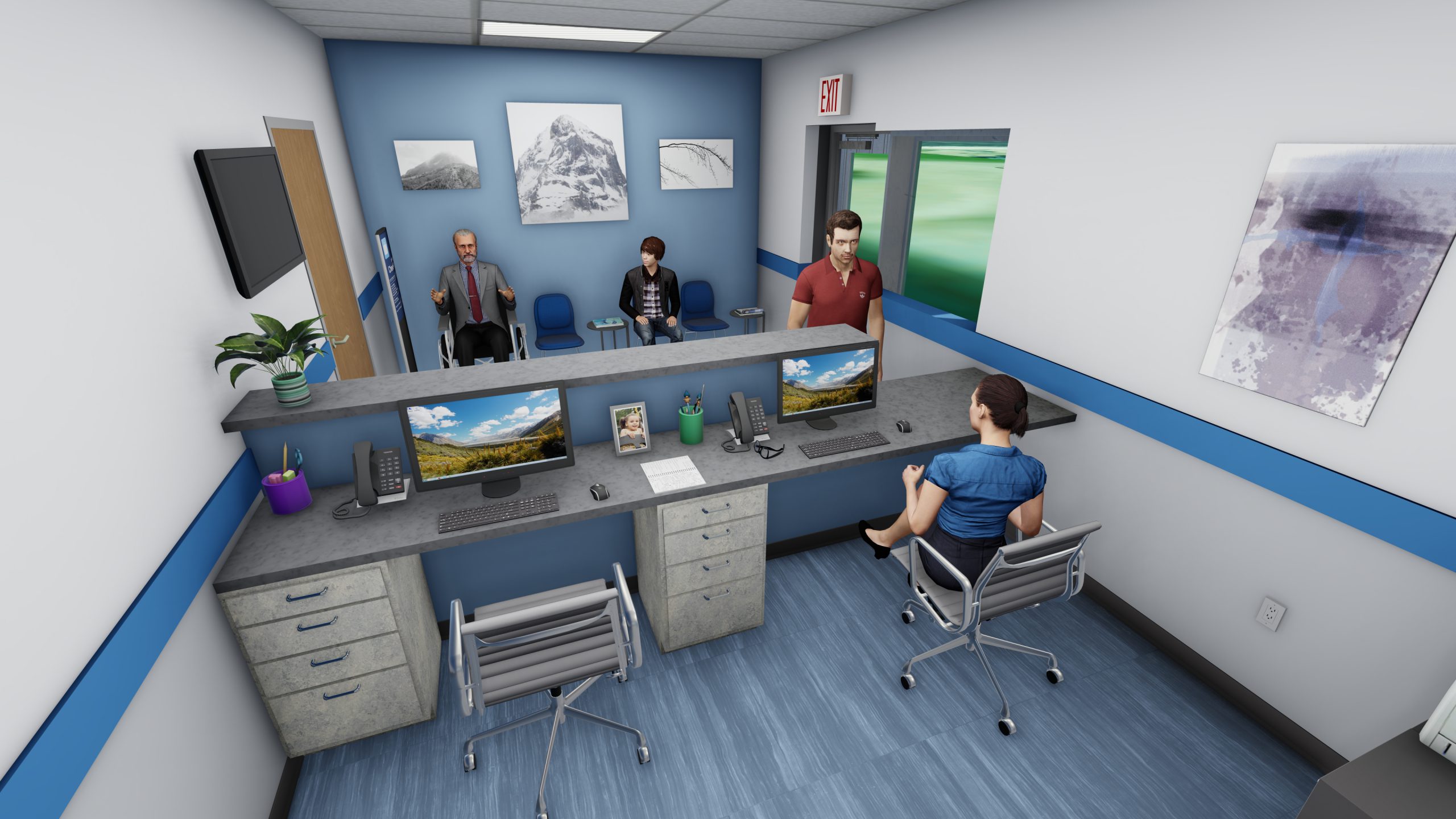
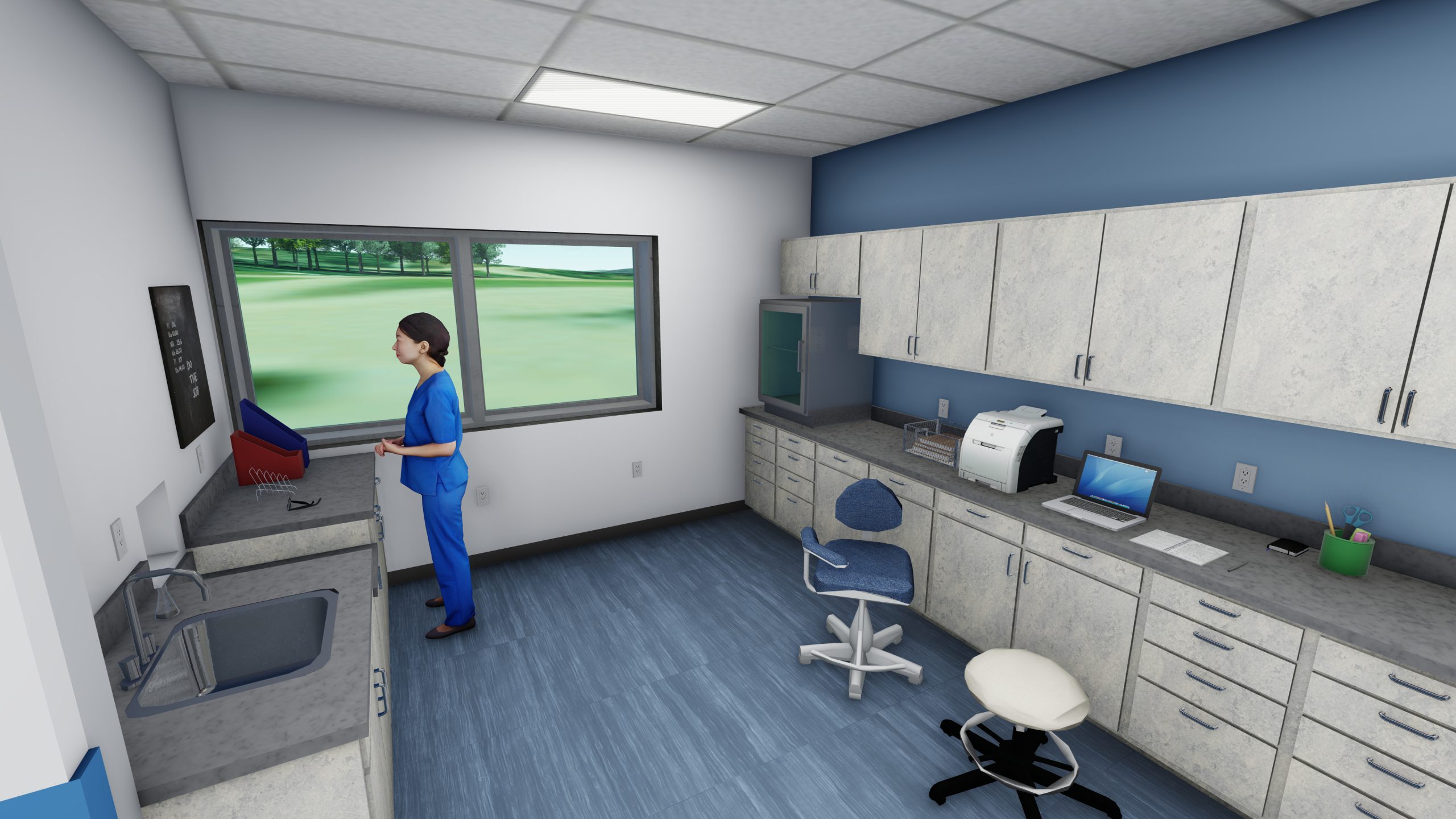
Confidential Client
Wellston, OH
Our client contacted JDI for a unique redesign. Our facilities team designed an adaptive reuse of an old bank to transform it into a health and wellness center.
The project goal was to create an efficient space to meet a diverse list of patient needs in the limited 1,550 SF area.
The fully renovated tenant space required adjacent exam rooms, an office, a lab, and a physical therapy room. The waiting room has an open reception counter for easy check-in. The open lab is close to the patient bathroom for pass-thru ability. Finishes were selected for durability and easy cleaning.



